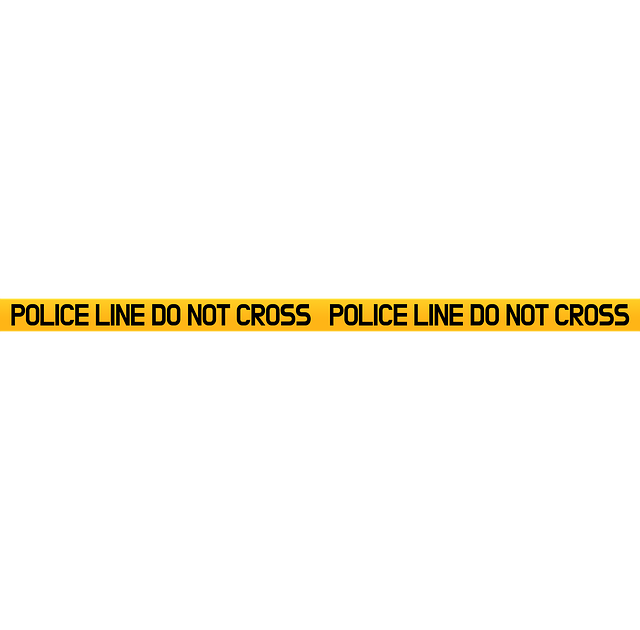Understanding employment law rights and responsibilities is key to preventing and resolving violations, especially in high-stakes white collar cases. Effective reporting involves documenting incidents, gathering evidence, consulting legal professionals, and following secure data handling procedures for optimal outcomes. Identify applicable laws, gather comprehensive information about the violation, seek expert guidance, protect whistleblowers, and ensure clear communication for successful investigations while maintaining legal compliance.
In today’s complex business landscape, understanding and navigating employment law violations is crucial. This comprehensive guide delves into the essential steps for reporting these issues effectively. From “How to Report Employment Law Violations” to protecting whistleblowers’ rights, each section provides invaluable insights. Learn about documenting evidence, legal procedures, and effective communication strategies. By embracing these practices, organizations can ensure compliance and foster a culture of integrity.
- Understanding Employment Law Violations
- Documenting Evidence: A Comprehensive Guide
- Navigating Legal Procedures for Reporting
- Protecting Whistleblowers and Their Rights
- Effective Communication: How to Report Accurately
Understanding Employment Law Violations

Employment law violations can range from discrimination and harassment to wage disputes and misclassification of employees as independent contractors. Understanding these laws is crucial for both employers and employees, especially when navigating high-stakes cases that involve white collar defense. Knowing your rights and responsibilities can help prevent legal issues before they arise.
If an employment law violation does occur, it’s essential to know how to report it effectively. Documenting the violation, gathering evidence, and consulting with a legal professional who specializes in general criminal defense or white-collar defense are critical steps. Prompt action can mitigate damages and potentially resolve the issue outside of court, avoiding lengthy and costly litigation.
Documenting Evidence: A Comprehensive Guide

When investigating employment law violations, proper documentation is key to a robust and defensible case. The first step in this process involves meticulously recording all relevant facts, conversations, and observations. This includes taking detailed notes during interviews with employees, managers, or witnesses, preserving any digital communication through secure storage, and collecting physical evidence such as documents, emails, and other records that pertain to the case. A structured approach ensures that no crucial information is overlooked, which can be vital in both internal investigations and when reporting to regulatory bodies.
For corporate and individual clients facing employment law issues, understanding how to report these violations effectively is paramount in avoiding indictment in white-collar defense cases. Ensuring that all evidence is accurately documented not only strengthens the case but also demonstrates a commitment to due process and fairness. This comprehensive guide should include protocols for secure data handling, chain of custody procedures for physical evidence, and clear documentation of any deviations from company policy or legal requirements. By following these steps, organizations can navigate complex employment law scenarios with confidence, ensuring that their actions are transparent, justifiable, and legally sound.
Navigating Legal Procedures for Reporting

Reporting employment law violations can be a complex process, especially for those unfamiliar with legal procedures. When navigating this crucial step, it’s essential to understand the appropriate channels and protocols to ensure effective reporting. The first step involves identifying the relevant laws and regulations that govern employment practices in your jurisdiction. This includes familiarizing yourself with federal and state-specific employment protection acts. Once these are understood, the next phase is to gather all necessary information regarding the alleged violation. This may include evidence of discriminatory practices, retaliation, or unfair labor behaviors.
For C-level executives and corporate leaders, it’s vital to remember that proper reporting procedures are a cornerstone of effective white collar defense strategies. When dealing with such sensitive matters, seeking guidance from legal experts who specialize in employment law can be invaluable. They can assist in understanding the unique challenges and ensure that reports are made accurately and within the prescribed timeframes. By following these meticulous steps, both corporate and individual clients can achieve extraordinary results in resolving employment-related disputes while adhering to the law.
Protecting Whistleblowers and Their Rights

In any comprehensive investigation, especially those involving C-Level executives and complex corporate matters, protecting whistleblowers and their rights is paramount. Whistleblowers play a crucial role in exposing employment law violations, white-collar crimes, and other corporate misconduct. Understanding how to report these issues properly is essential for both the individual’s safety and the success of the investigation.
When facing employment law violations, individuals should be aware of their rights and the channels available to them. This includes knowing how to file a confidential report with relevant regulatory bodies or legal professionals specializing in general criminal defense. By taking these steps, whistleblowers can achieve extraordinary results while ensuring their anonymity and protection from potential retaliation.
Effective Communication: How to Report Accurately

Effective communication is paramount when reporting employment law violations, especially at the C-level. Accurate and transparent reporting ensures that all parties involved, from corporate and individual clients to legal teams, understand the nature and severity of the issue. A clear, detailed account helps in navigating complex legal landscapes, ensuring that appropriate actions are taken promptly.
The process begins with gathering factual information, documenting evidence, and identifying relevant stakeholders. This includes understanding the company’s policies and procedures related to the violation, as well as any potential implications for employees, the organization, and its reputation. An unprecedented track record of successful investigations bolsters trust in the reporting process, demonstrating a commitment to upholding legal standards and ethical practices, even in challenging scenarios, while providing a solid foundation for addressing employment law violations effectively.
Launching C-level investigations necessitates a thorough understanding of employment law violations, effective documentation, and strategic legal navigation. By utilizing comprehensive guides for evidence collection and whistleblower protection, organizations can ensure accurate reporting. Mastery of these processes is key to upholding legal compliance and fostering a culture of ethical conduct within the workplace, ultimately revolutionizing how businesses address employment law violations. Implement these strategies to learn How to Report Employment Law Violations efficiently and effectively.






